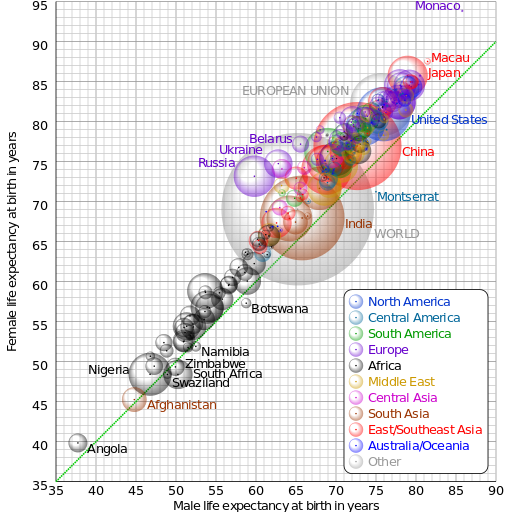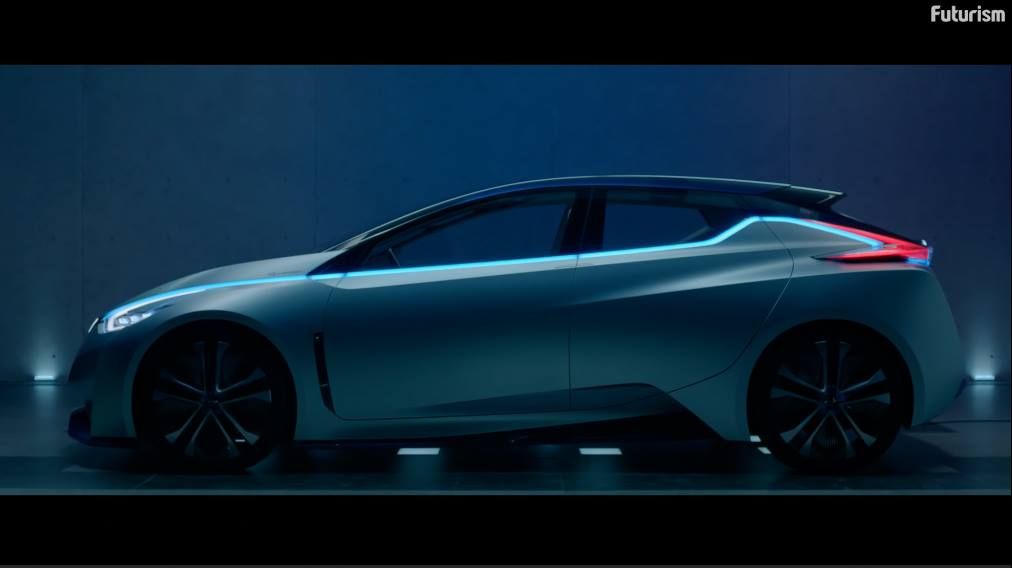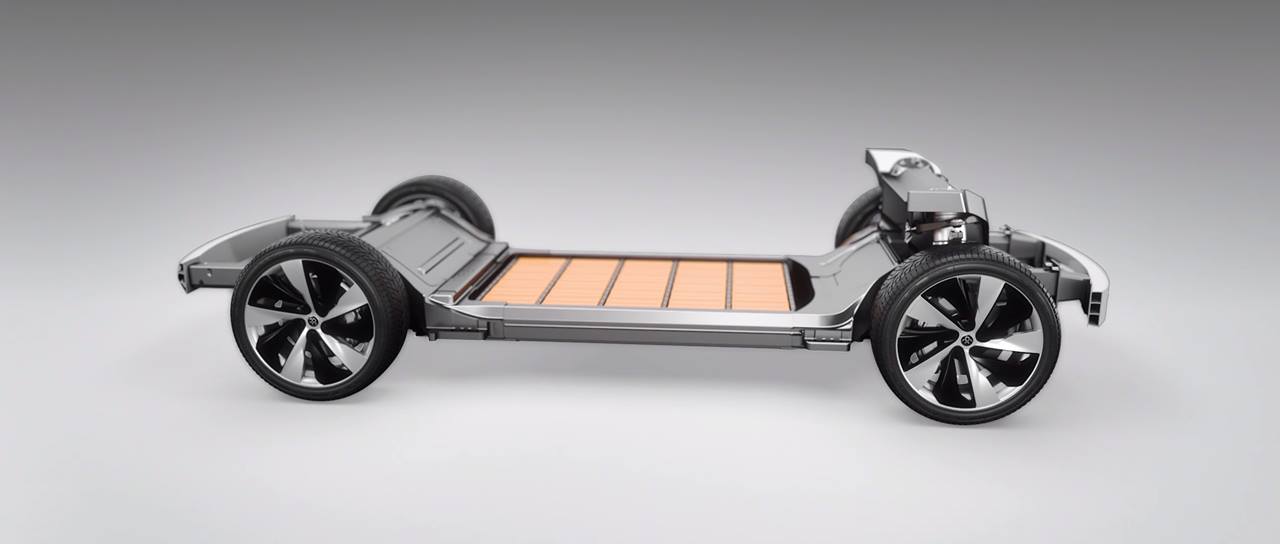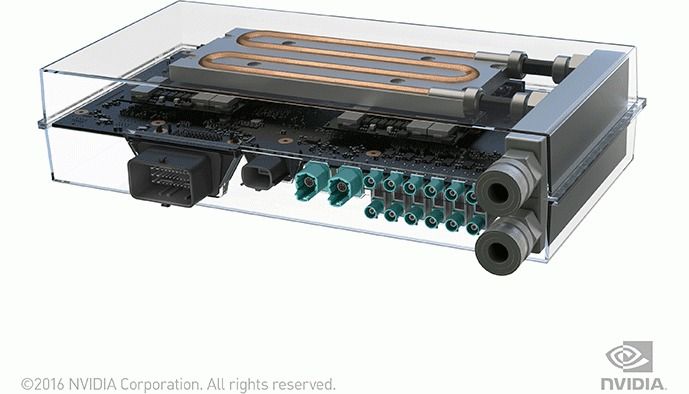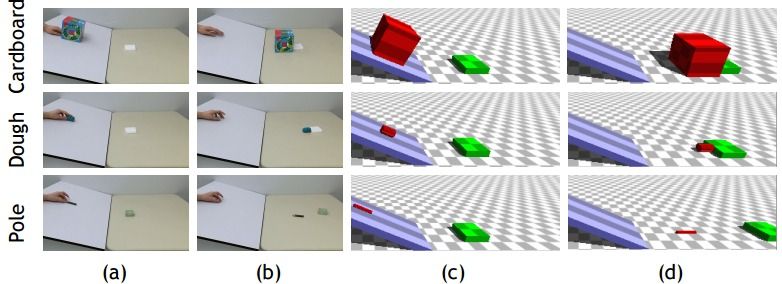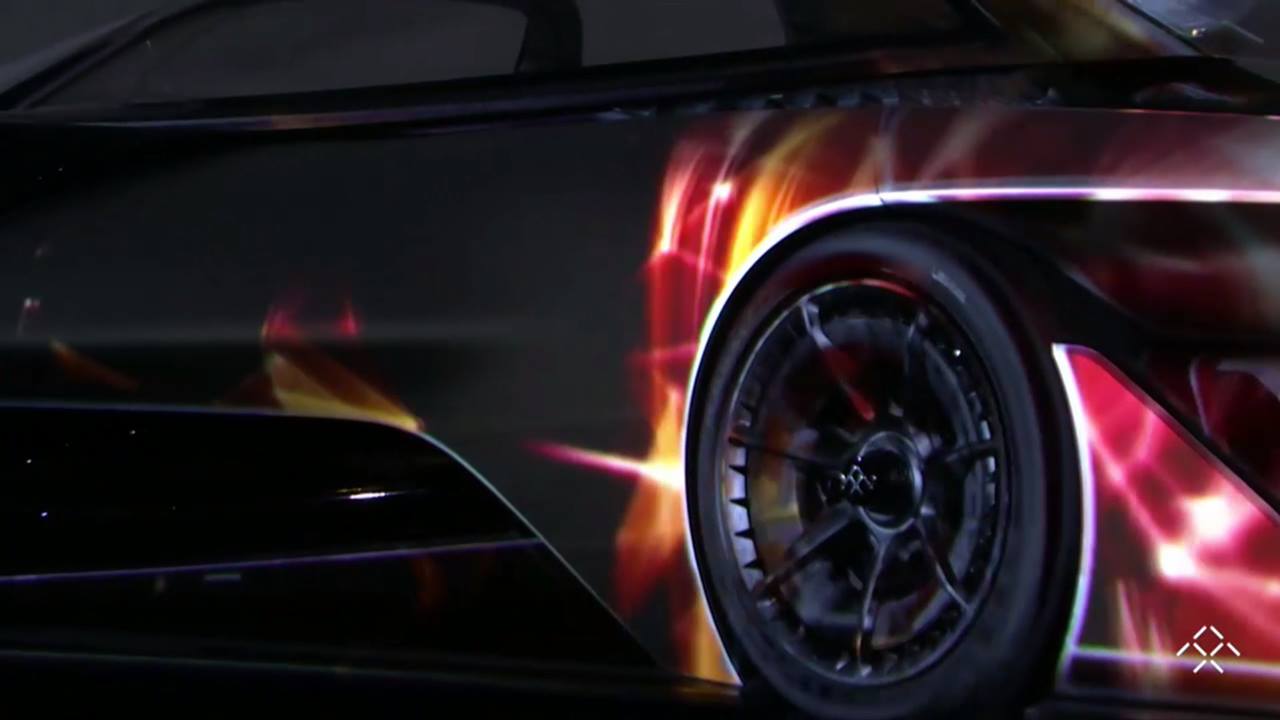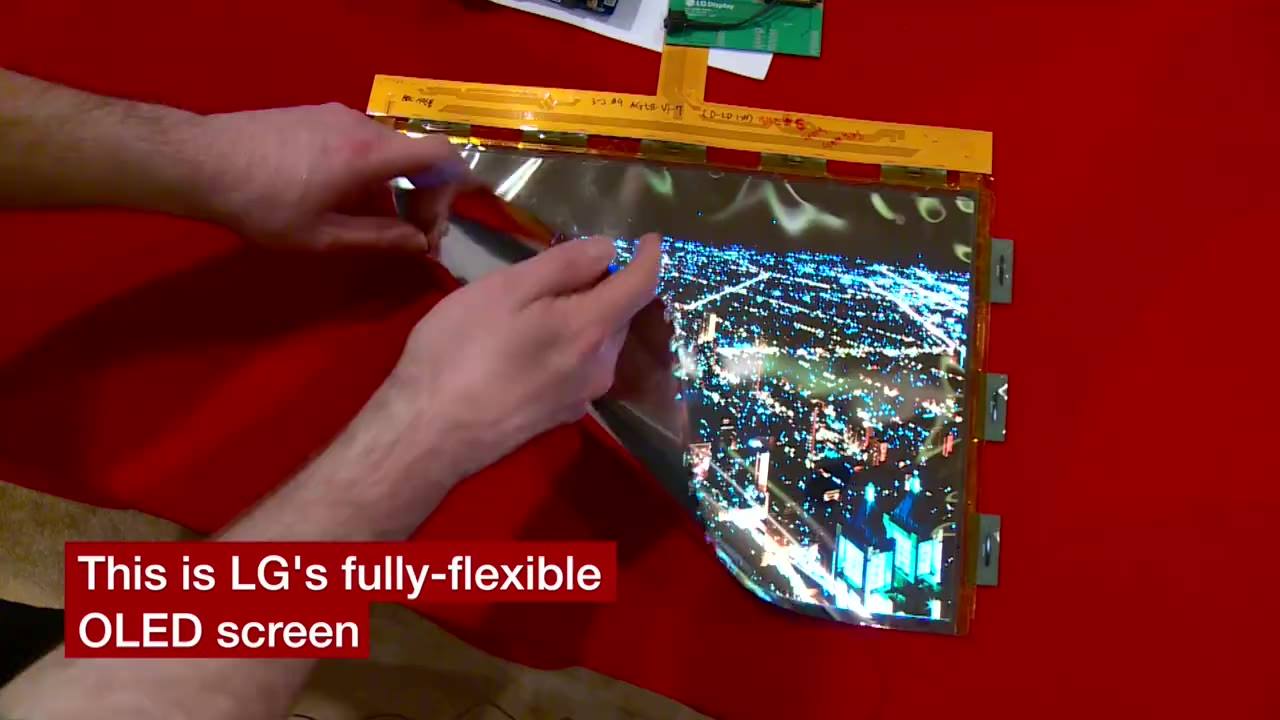Jan 5, 2016
Next-generation Wi-Fi 802.11ah announced with almost double the range, lower power
Posted by Shailesh Prasad in categories: energy, food, habitats, health, internet, transportation
The Wi-Fi Alliance branded its next-generation 802.11ah wireless protocol as Wi-Fi HaLow. It is targeted at the Internet of Things (IoT), which includes the smart home, connected car, and digital healthcare, as well as industrial, retail, agriculture, and smart-city environments. Unlike the older and more familiar 802.11 protocols, which mostly use the 2.4 or 5GHz bands, 802.11ah is a sub-gigahertz protocol that uses the 900MHz band. It has an enviable combination of characteristics.

